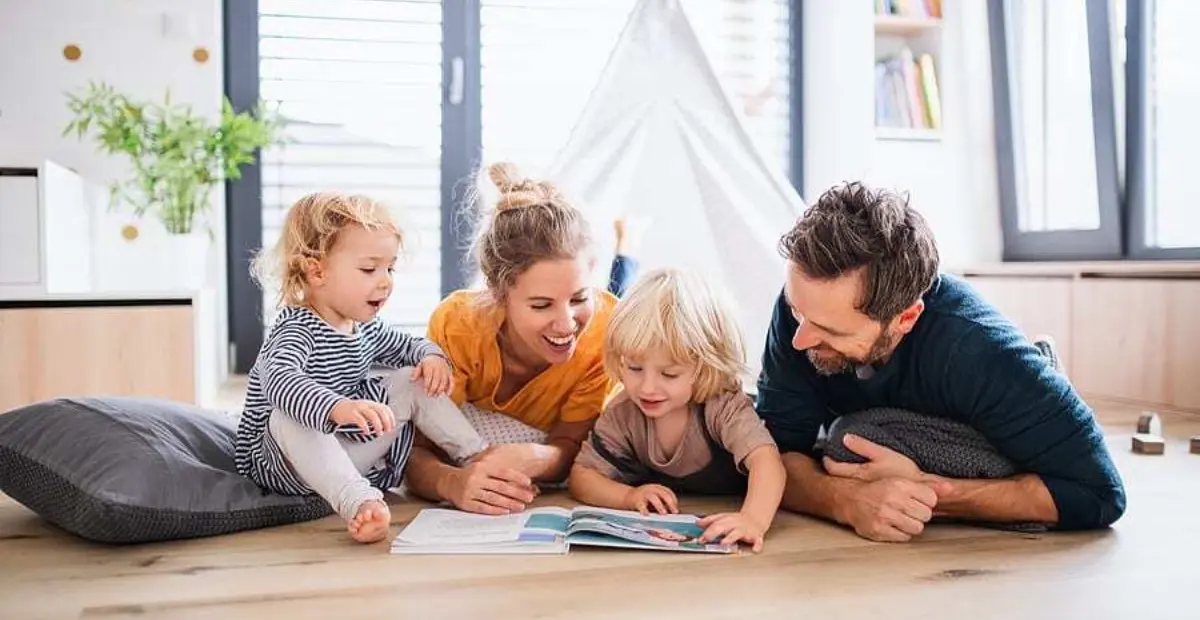Every book we mail home has a book-specific “Discovery Sheet” on the inside front cover.
PARENT TIP: For books you get from other places, you can help build reading skills by making up questions or activities like these and talk about EVERY BOOK when your child finishes reading it.
It has room for your child to write in his/her name as the proud owner of the book. Pride in book ownership is a crucial first step on the path to loving reading.
Each sticker has four activities that will help your child better understand the book and improves their reading comprehension. These are written at the reading level of the book, so kids can read them easily. Some questions suggest working on an activity and/or discussing with a parent. Questions in Read-To-Me books are designed to be done with a parent. Most can be answered by talking about them or drawing a picture. Upper-level books have fun or challenging activities that match what is being taught in class to become a stronger reader.
Typically, each sheet includes the following four categories which work together to help a child better understand the book. To think how it fits into what they have read elsewhere, already know about themselves, compare with other books or shows, and use their imagination or creativity. For example:
Text to Self:
Text-to-self connections are highly personal connections that a student makes between parts of this book and their own experiences or life. For example, "What are some of the ways these animals take care of their babies, and how is this like how your mom takes care of you?"
Text to Text:
Sometimes students are reminded of other things that they have read; other books by the same author, stories from a similar genre, or perhaps on the same topic. For example, “Pick two animals in this book. How do they take care of their babies? How are they the same? Or, different?"
Text to World:
Text-to-world connections are the larger connections that a student brings to this book. We learn about things through school, teachers, parents, television and videos. For example, “What would happen to most of these animals if their parents did not take care of them?” or “Have you seen a program on television that talked about animal babies? How was it the same or different from this book?” Keep asking your child to talk more about it. The more they talk about what they have seen, the more they will learn and internalize it.
Creativity/Imagination:
This activity might ask your child to do something creative, such as draw a picture, draft a letter to the author, or imagine what might happen in a sequel to this book.
Always encourage longer explanations:
Brainstorm with them! Look up new facts, make up a play, or perform a puppet show about the story.
Ask your child to use new words they may have learned in this book.
Talking more about books helps make children better readers!
ELL FAMILIES
The Kids Read Now app (iOS | Android) helps foreign language-speaking parents better help their children. The Discovery Sheet activities can be viewed in over 150 languages.




